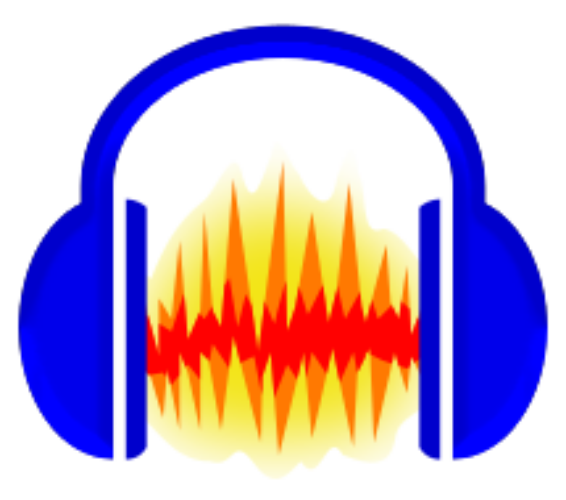Audacity

Audacity is a classic open source software for audio recording and editing, started in 1999 by Dominic Mazzoni. However, since he sold the software gem to the Muse group in 2021, there is a lot of irritation among its users. The program is available not only for Linux, but also for OS-X and Windows. It is perfectly suitable for producing broadcasts as well as for podcasts. While music recordings are also possible, Audacity cannot and will not compete with specialized music software.
Recordings are organised as “projects”, which end up directly on the hard disk. Since version 3.0, each project is stored in one large file recognizable by the extension .aop3. This includes metadata and audio chunks, which were stored in separate files before. The number of tracks that Audacity can record is in principle limited only by the hardware. The output, on the other hand, is limited to two channels.
Editing operations can be undone without limit. Audacity displays the content of a track either as a waveform – optionally on a linear or decibel scale – or as a spectrogram. The number of tracks that Audacity can record is in principle limited only by the hardware. The output, on the other hand, is limited to two channels.
For post-processing, Audacity comes with filters and effects, whereby effect plug-ins can be looped in via LADSPA and VST interfaces. Custom effects can be programmed with Nyquist.
To reduce constant background noise Audacity’s effects menu provides for a noise reduction. It works by first selecting about one second of noise. In the second step this sample is applied to the entire recording or a part of it.
The rather old-fashioned look of Audacity was upgraded with three new themes (“Light”, “Dark”, “High Contrast”) in version 2.2. In addition, Audacity can now also play MIDI files – under Linux, however, a software synthesizer is still required for sound generation.
Since version 3, Audacity has more or less silently received a new privacy policy that allows the Muse Group as the new owners to collect telemetry data and share it with Google and Yandex. After strong protests from the community, Muse Group back-pedalled. Data will no longer be passed on to third parties and will only be used for troubleshooting and update checks. This can be disabled in the settings.
Documentation
The documentation is extensive and always up to date. This is not a matter of course in the world of open source. Additional ressources are listed in the Audacity Wiki.
Storage and Backups
With the new .aup3 format, the exchange of project files has become easier because you only have to save and/or pass on one file. The developers also argue that in the old format many users destroyed their projects by accidentely deleting or moving individual project files. Backups can be performed directly from the program via File > Save Project > Backup Project.
How to install Audacity
Audacity is part of Ubuntu’s Universe Repository, allthough not yet in the latest version 3.x:
sudo apt update && sudo apt install audacity
This installs all dependencies including libraries for audio (de-)coding; among others, Lame for MP3 and FFMpeg for propriatery codecs are used.
Up-to-date versions of Audacity may be retrieved as Snap or Flatpack. The Snap installation works in Ubuntu out of the box on the command line:
sudo snap install audacity:alsa
Since Snaps are sandboxed from the system, in case of sound problems, you may have to allow Audacity access to the ALSA sound system:
sudo snap connect audacity:alsa
Alternatives
KDE has KWave, a simple sound editor. Gnome has – the very primitive Sound Recorder notwithstanding – nothing to offer. For professionell use cases of a Digital Audio Workstation (DAW), Ardour is number one in the world of open source software.
